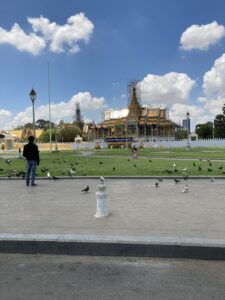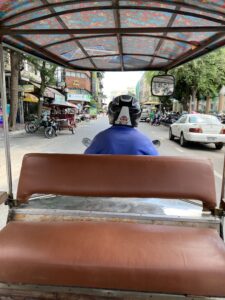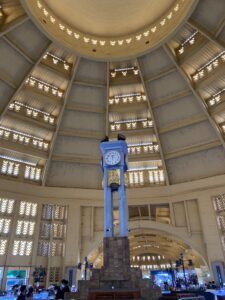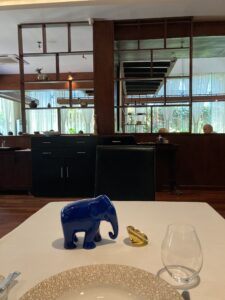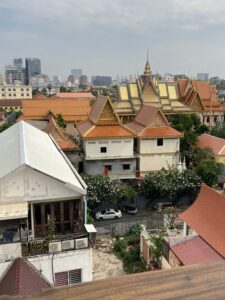Phnom Penh
Phnom Penh: Cambodia’s Rising Capital
Date Visited: March 2022
Getting There
Phnom Penh is definitely the most difficult Southeast Asian capital city to access. Currently there are no direct flights from Jakarta, so fares are relatively expensive. I had to make a connection via Singapore; Ho Chi Minh City and Bangkok are the two major gateways to Cambodia if you are planning to visit.
Why Visit?
Phnom Penh is a city that’s rising from the ashes of decades of conflict and neglect. During the Khmer Rouge era of genocide in the late 1970s, the capital lost more than half of its population and even after the KR were banished, the city and the whole of Cambodia has struggled to recover. However, recently, an influx of foreign investment has led to a modest revival. Phnom Penh is a city that combines Cambodian tradition with remnants of colonial French influence. It’s an easy city to navigate, the people are friendly, it’s less expensive than SE Asia’s other capital cities, there’s plenty to see, and the place exudes a positive vibe. I would love to go back for a return visit.
The National Museum
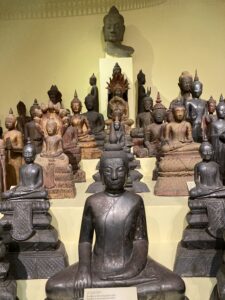
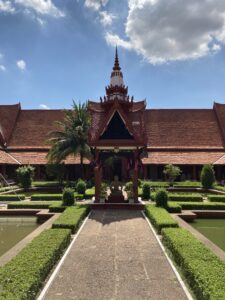
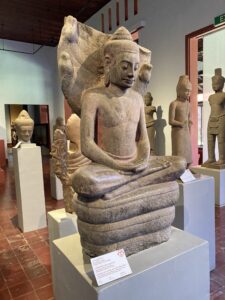
OK, I know that most of you aren’t museum junkies like me, but I think Cambodia’s National Museum is worth a stop. It is very narrow in its focus: 8th to 14th Century statues and artifacts from the Angkor Period, the only time in history when Cambodia exerted power and wasn’t overrun by its Thai, Chinese, and Vietnamese neighbors or subject to colonial rule. The room of a hundred modern Buddhas statues (16th Century through today) was my favorite.
Royal Palace
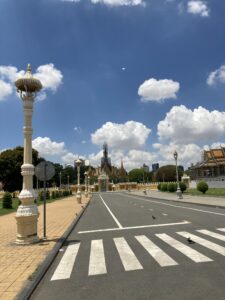
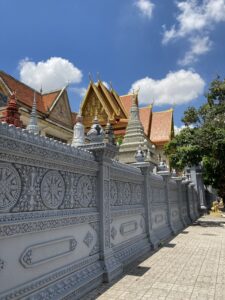
The palace was closed during my time in Phnom Penh. When open, it’s probably the signature site for visitors. There are also several beautiful Buddhist temples in the city, but I didn’t have sufficient time to visit.
The Independence Monument

Constructed in 1958, the monument celebrates France’s departure from Cambodia in 1953. Worth a quick look.
Central Market
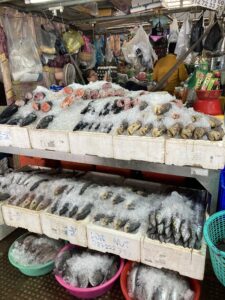

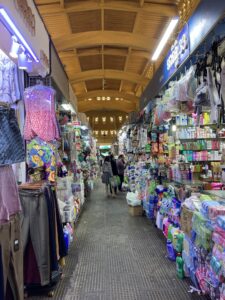
This is my favorite central market in all Southeast Asia. The market was constructed in 1937 by the French in a stunning Art Deco style. It’s a visual treat. And the vendors aren’t overly aggressive and sell a trove of nice products.
Killing Fields of Choeung Ek
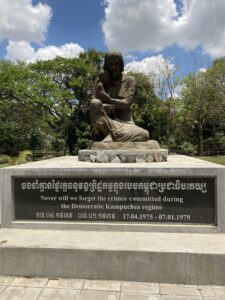
There are hundreds of locations throughout Cambodia where the ultra-radical communist group called the Khmer Rouge slaughtered citizens during the late 1970s. The wealthy, the educated, and professionals were the main targets. According to the best estimates, about 2 million people were murdered during these four years, which represented over 25% of the total population.
Choeung Ek is perhaps the largest killing field in Cambodia, situated about 20 km from central Phnom Penh. It took about an hour to get there via a tuk tuk, Cambodia’s three-wheeled motorized taxi.
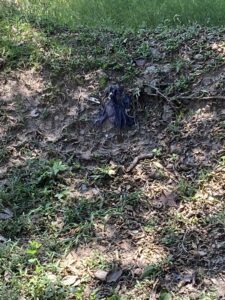
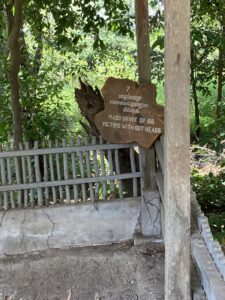
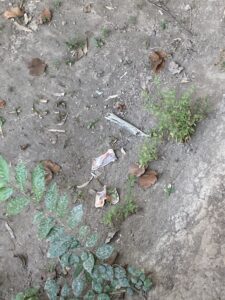
It is a sobering place. Approximately, 17,000 people were slaughtered at Choeung Ek. Over 9,000 bodies were excavated during the years that followed—I think the archeologists just gave up after a while, because as you walk on the trails of the Choeung Ek orchards and fields, you will find remnants of mass graves where you can see bones and fragments still poking out of the ground that have never been processed. Signs along the trails request that you stick any bones you might stumble across into one of the plastic boxes nearby.


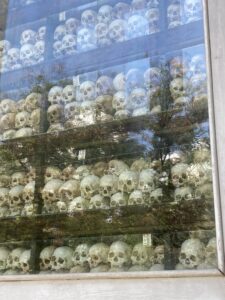
The Buddhist Pagoda on the site contains the skulls of thousands of victims stacked 15 meters high for everyone to view through plexiglass walls. You can clearly see the holes in the skulls where the Khmer Rouge had punctured victims with pointed pickaxes. I found it personally to be even more disturbing than Nazi concentration camps I had visited because, unlike Dachau, for example, where the victims were efficiently disposed of, at Choeung Ek the tangible remains of the victims are still everywhere and you might even literally stumble across the remnants of somebody’s brother or daughter as you traverse the trails.
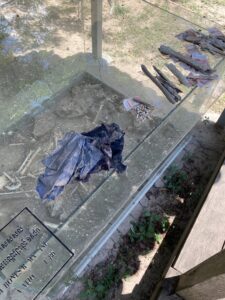
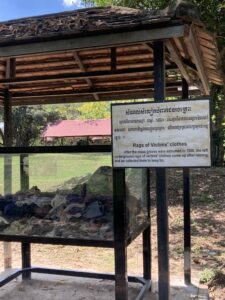
Though disturbing, a visit should be required, especially for Americans, as Henry Kissinger and Richard Nixon’s decision to bomb Cambodia during the Vietnam War to root out the Viet Cong fighters allegedly operating behind Cambodia’s borders, was the major factor leading to the rule of the Khmer Rouge and this horrific genocide. It’s another biproduct of terrible U.S. foreign policy that Americans should face. We need to personally witness the horror our nation helps bring to the world.
In central Phnom Penh is the Tuol Sleng Genocide Museum, which is also worth a visit, but I only had time to visit one genocidal historic site and chose Choeung Ek.
French Cuisine
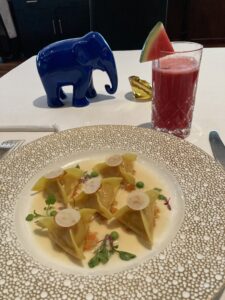
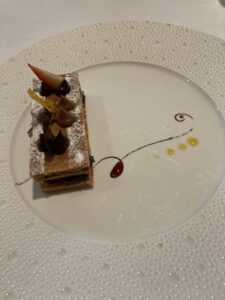
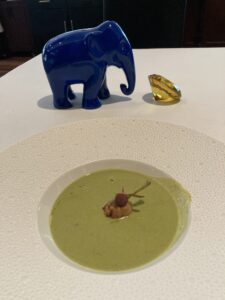
I experienced excellent Cambodian cuisine throughout the country. The food seemed to be situated somewhere between Thai and Indonesian. However, the almost-century-long rule of the French in Cambodia had a strong influence on Cambodian culture, particularly in the capital. While wandering through Phnom Penh, I accidentally stumbled across a French restaurant as refined and excellent as any you might find in Paris. The Topaz Restaurant Noordom lunch set was magnificent, highlighted by a tasty watercress soup with frog legs. It was also very affordable by Western standards.
If You Love Bookstores
I enjoy browsing in bookstores, but, sadly from my perspective, most of the bookstores in Phnom Penh don’t sell books. They’re just glorified stationery shops. However, in the place you’d least expect it, there is a great little bookshop—at the international gates in the Phnom Penh Airport. There are also several other great shops nearby selling a wonderful range of Cambodian gourmet items and lovely handcrafted souvenirs.
Gallery
